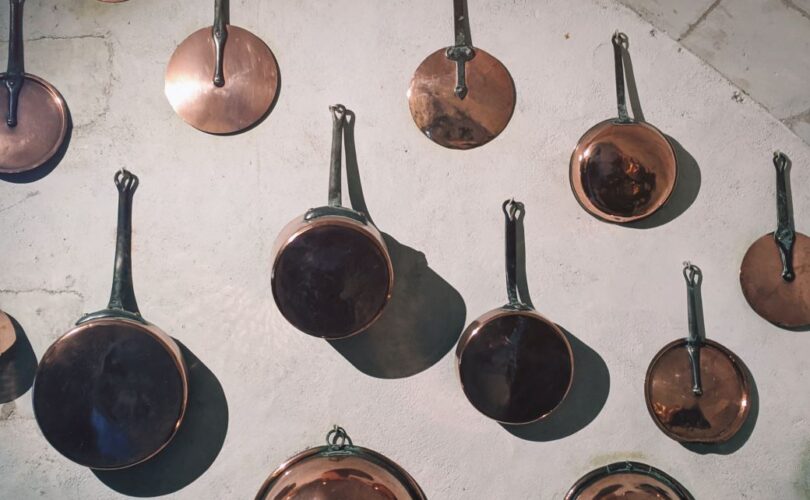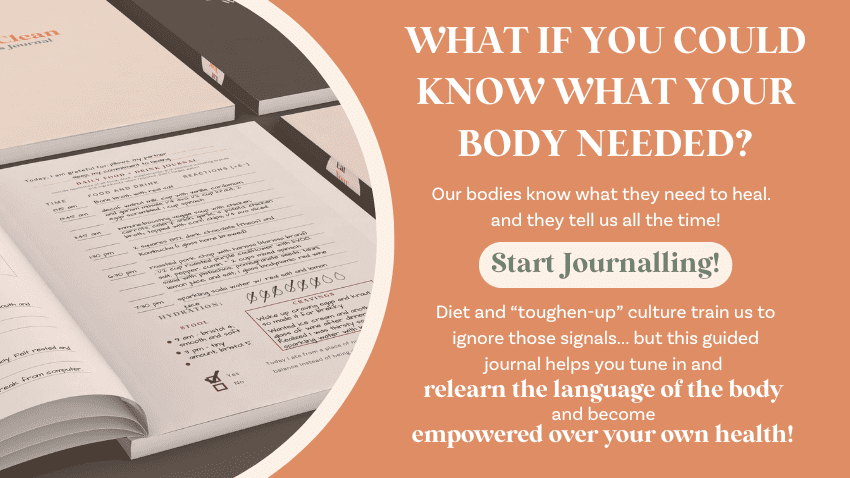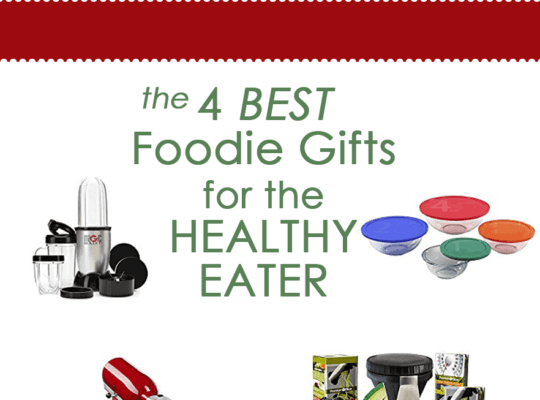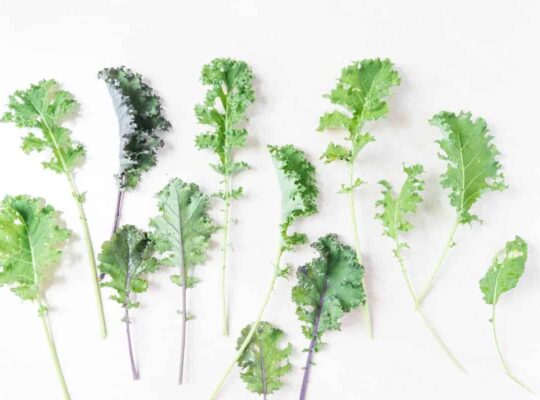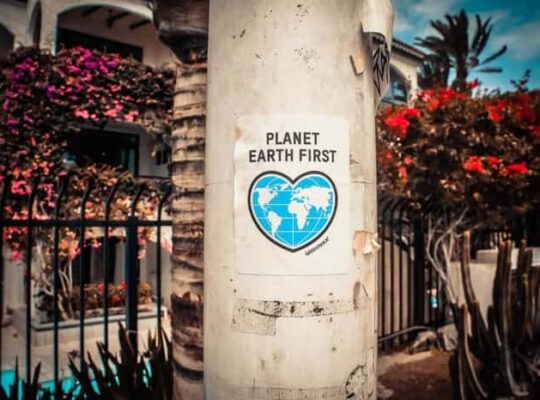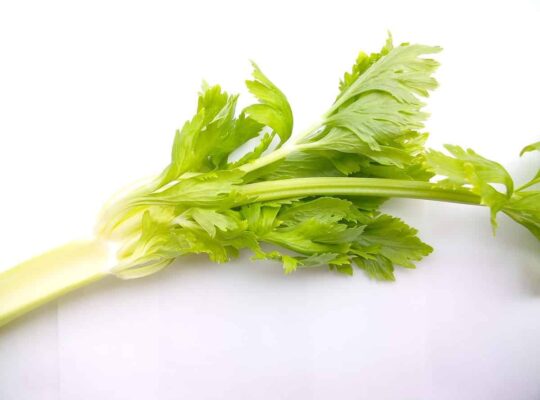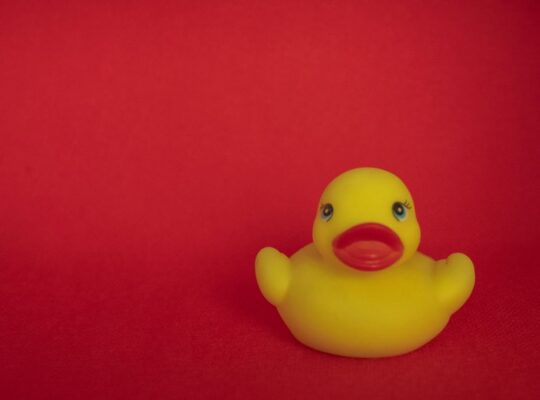Toxins are just a part of living in the modern world. And they always existed (see lead, mercury, etc) but we as humans have come up with a million ways to make the earth and our homes more toxic through petrochemicals.
Now you might think these are things found in the manufacturing line or mining, but they are lining the aisles of every grocery store and target, hiding in plain sight.
There’s a whole world of toxin exposures in the home and bath, but today let’s focus on what’s in the kitchen.
Yes, harmful toxins are in our cookware!
I don’t know why… which is the first question I often get from skeptics.
It’s reasonable to think that we’d live in a world that doesn’t allow harmful chemicals to be in direct contact and transmit to our food that we ingest. That is, however, not the case.
I’ll chalk it up to the power of money.
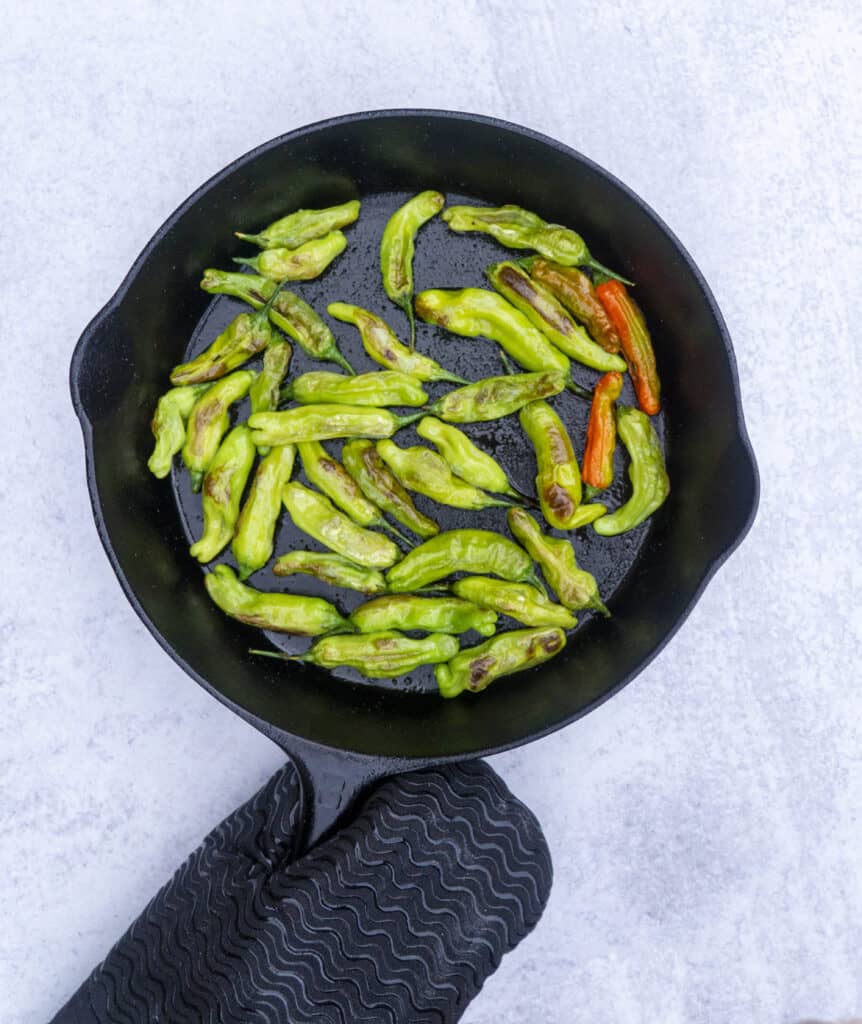
What do we have to worry about?
Avoid PFOS
The most harmful cookware is going to be anything with a chemical non-stick coating, sometimes branded as Teflon. These have forever chemicals called PFOS that don’t break down and therefore live on our bodies indefinitely. They are known to cause all sorts of issues from infertility and birth defects to cancer and neurological effects. Read more in this book review on the topic.
Avoid Plastics
Plastics leach into food when heated. This can cause a myriad of problems including hormone disruption and hormone disorders.
Avoid plastic tupperwares for hot foods.
Avoid plastic cookware, plates, or storage containers that will be heated or come into contact with food while hot.
What healthy and non-toxic cookware should we be using?
There are three amazing options for safe cookware
- Ceramic or ceramic-coated pans
- Stainless steel
- Cast Iron
But I need non-stick pans!
I hear you! And if this is you, ceramic pans are the perfect thing for you! You an simply google “ceramic pans” and find a plethora of options.
I’ve been using GreenPan ceramic coated pans, because of their toxicity testing, for the last 7 years and very much enjoy them!
You can get them here.
Read more about why these options are better for both you and the environment here.
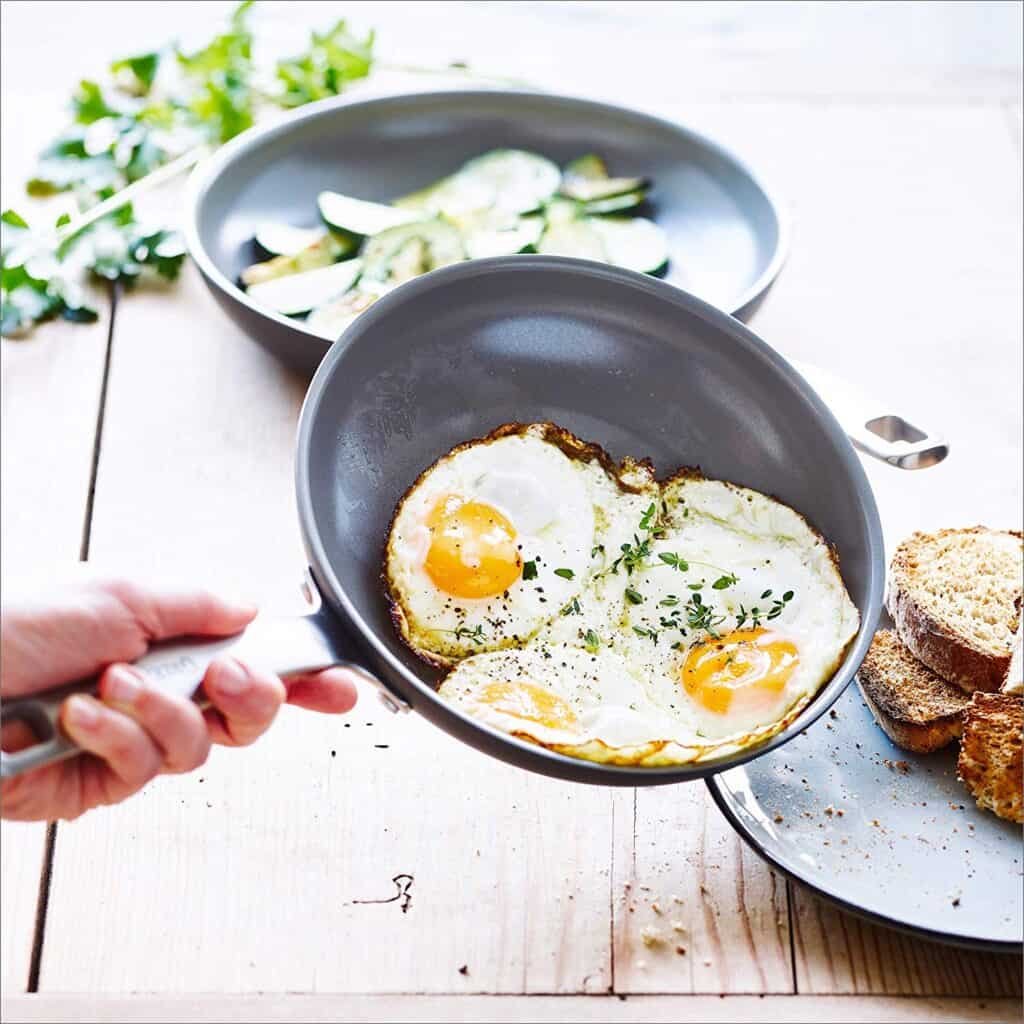
Safe and non-toxic utensils
Choose metal or wood utensils for most cooking, including anything coming in contact with heat.
It’s okay to use high-grade food silicone for certain applications, like ice cubes, popsicles, chocolate molds, and food storage. Try not to let the containers get too hot to avoid leaching. Leaching from food-grade silicone is much less likely than from plastics so is a safer option.
Read more about why these options are better for both you and the environment here.

